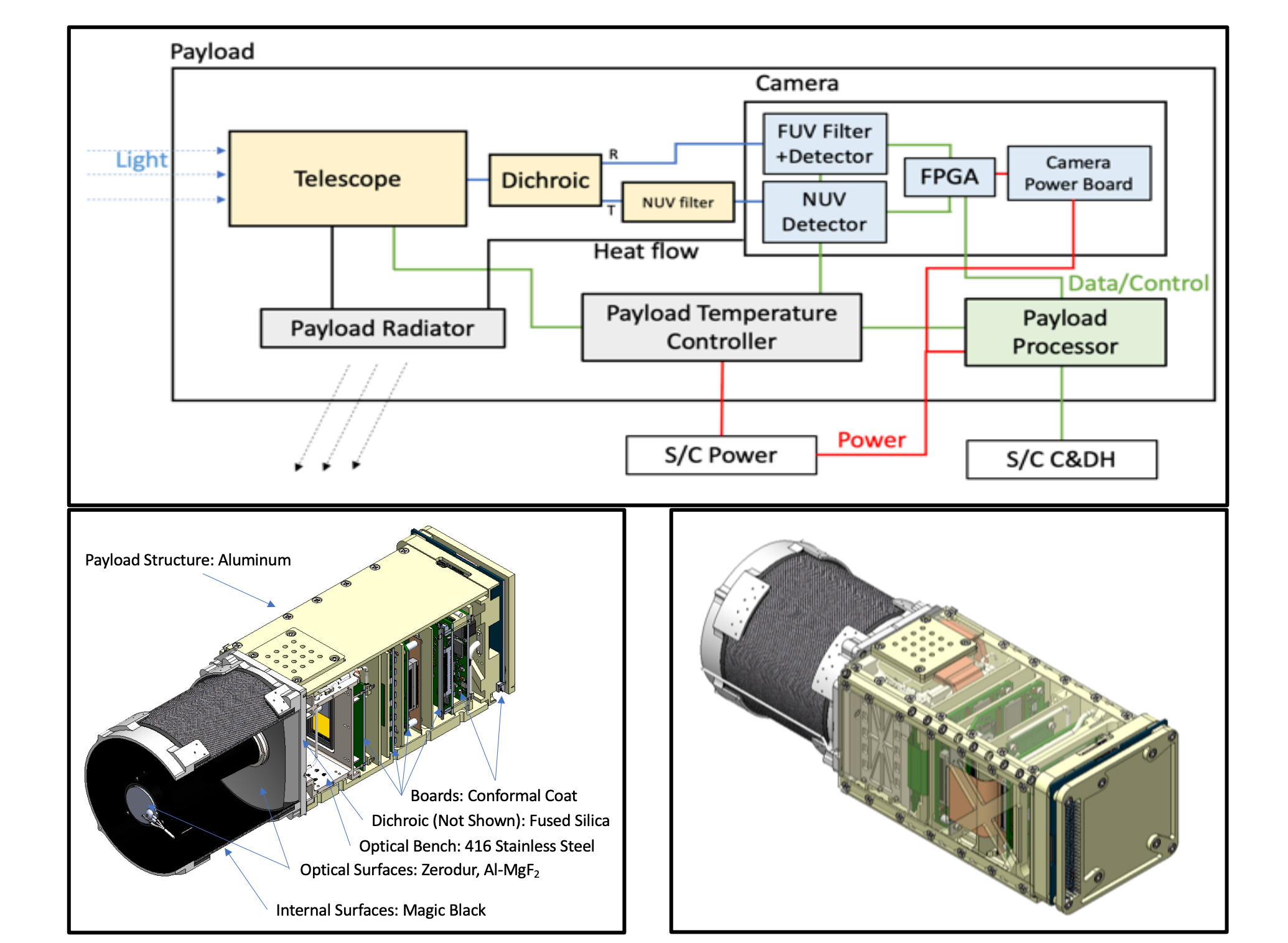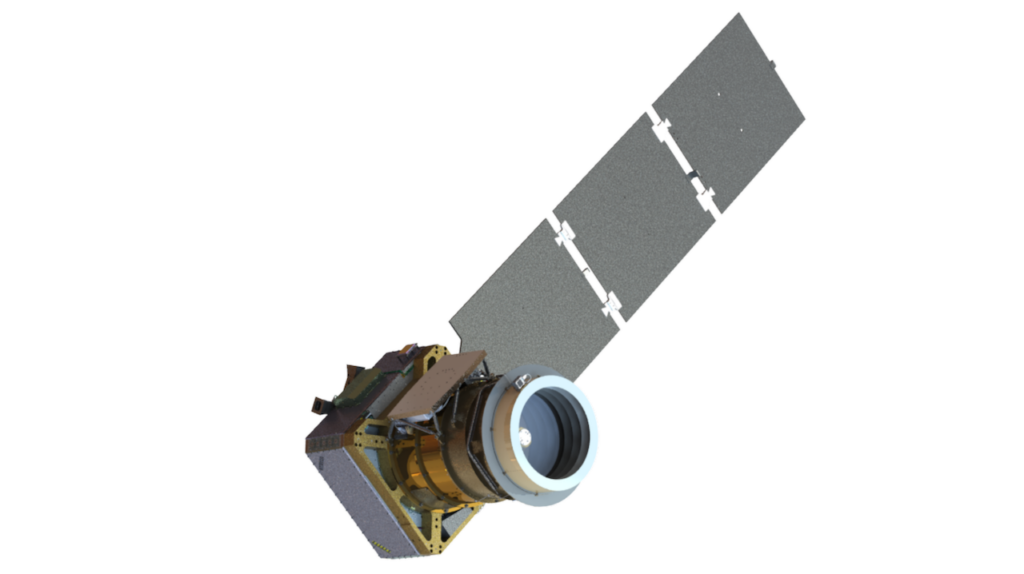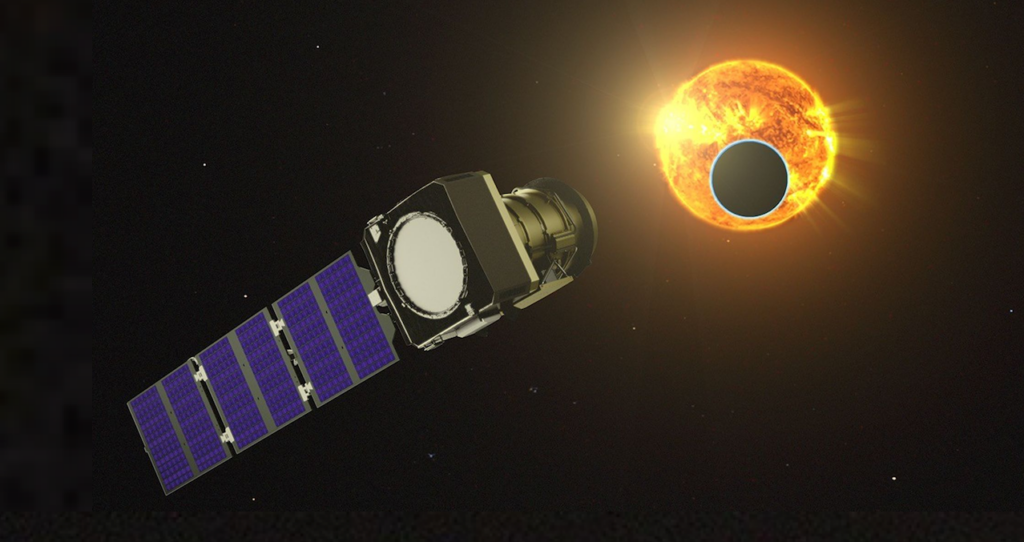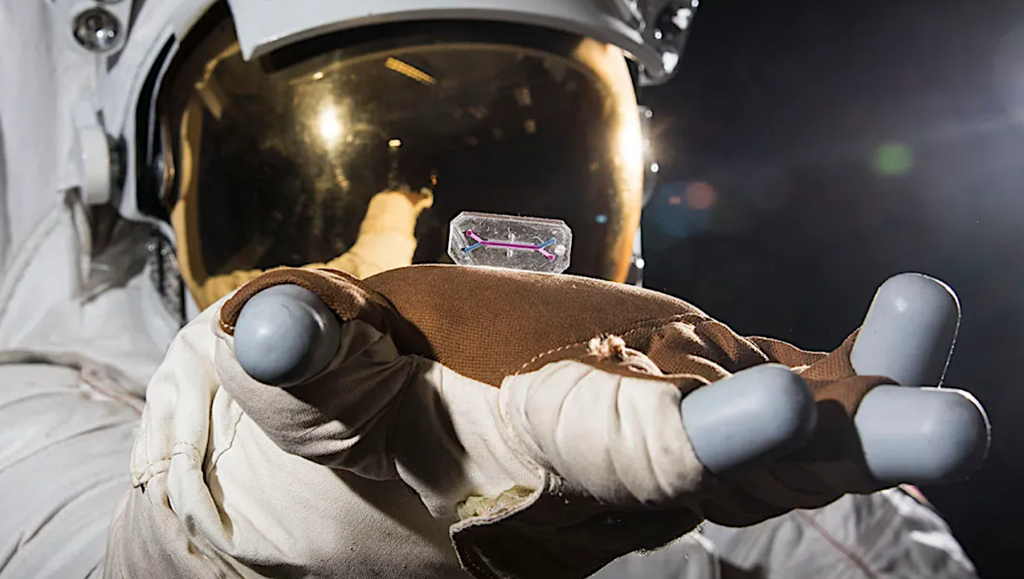The Star-Planet Activity Research CubeSat (SPARCS): Determining Inputs to Planetary Habitability

Seventy-five billion low-mass stars in our galaxy host at least one small planet in their habitable zone (HZ). The stellar ultraviolet (UV) radiation received by the planets is strong and highly variable, and has consequences for atmospheric loss, composition, and habitability.
The stellar ultraviolet (UV) radiation received by the planets is strong and highly variable, and has consequences for atmospheric loss, composition, and habitability.
SPARCS is a NASA-funded mission to characterize the quiescent and flare UV emission from low-mass stars, by observing 10 to 20 low-mass stars, over timescales of days, simultaneously in two UV bands: 153-171 nm and 260-300 nm. SPARCS Sun-synchronous terminator orbit allows for long periods of uninterrupted observations, reaching 10s of days for some targets. The payload consists of a 10 cm-class telescope, a dichroic element, UV detectors and associated electronics, a thermal control system, and an on-board processor. The payload is hosted on a Blue Canyon Technologies 6U CubeSat.
SPARCS hosts several technology innovations that have broad applicability to other missions. The payload demonstrates the use of “2D-doped” (i.e., delta- and superlattice-doped) detectors and detector-integrated metal dielectric filters in space. This detector technology provides ~5x larger quantum efficiency than NASA’s GALEX detectors. In addition, SPARCS’ payload processor provides dynamic exposure control, automatically adjusting the exposure time to avoid flare saturation and to time-resolve the strongest stellar flares.
A simple passive cooling system maintains the detector temperature under 238K to minimize dark current. The spacecraft bus provides pointing jitter smaller than 6″, minimizing the impact of flat-field errors, dark current, and read-noise. All these elements enable competitive astrophysics science within a CubeSat platform.
SPARCS is currently in the final design and fabrication phase (Phase C in the NASA context). It will be launched in 2024, for a primary science mission of one year.
David R. Ardila, Evgenya Shkolnik, Paul Scowen, Daniel Jacobs, Dawn Gregory, Travis Barman, Christopher Basset, Judd Bowman, Samuel Cheng, Jonathan Gamaut, Logan Jensen, April Jewell, Mary Knapp, Matthew Kolopanis, Joseph Llama, R. O. Parke Loyd, Victoria Meadows, Shouleh Nikzad, Sara Peacock, Tahina Ramiaramanantsoa, Nathaniel Struebel, Mark Swain
Comments: Presented at the 73rd International Astronautical Congress, 18-22 September 2022, Paris, France
Subjects: Instrumentation and Methods for Astrophysics (astro-ph.IM); Solar and Stellar Astrophysics (astro-ph.SR)
Cite as: arXiv:2211.05897 [astro-ph.IM] (or arXiv:2211.05897v1 [astro-ph.IM] for this version)
https://doi.org/10.48550/arXiv.2211.05897
Focus to learn more
Submission history
From: David Ardila
[v1] Thu, 10 Nov 2022 21:46:29 UTC (1,421 KB)
https://arxiv.org/abs/2211.05897
Astrobiology








